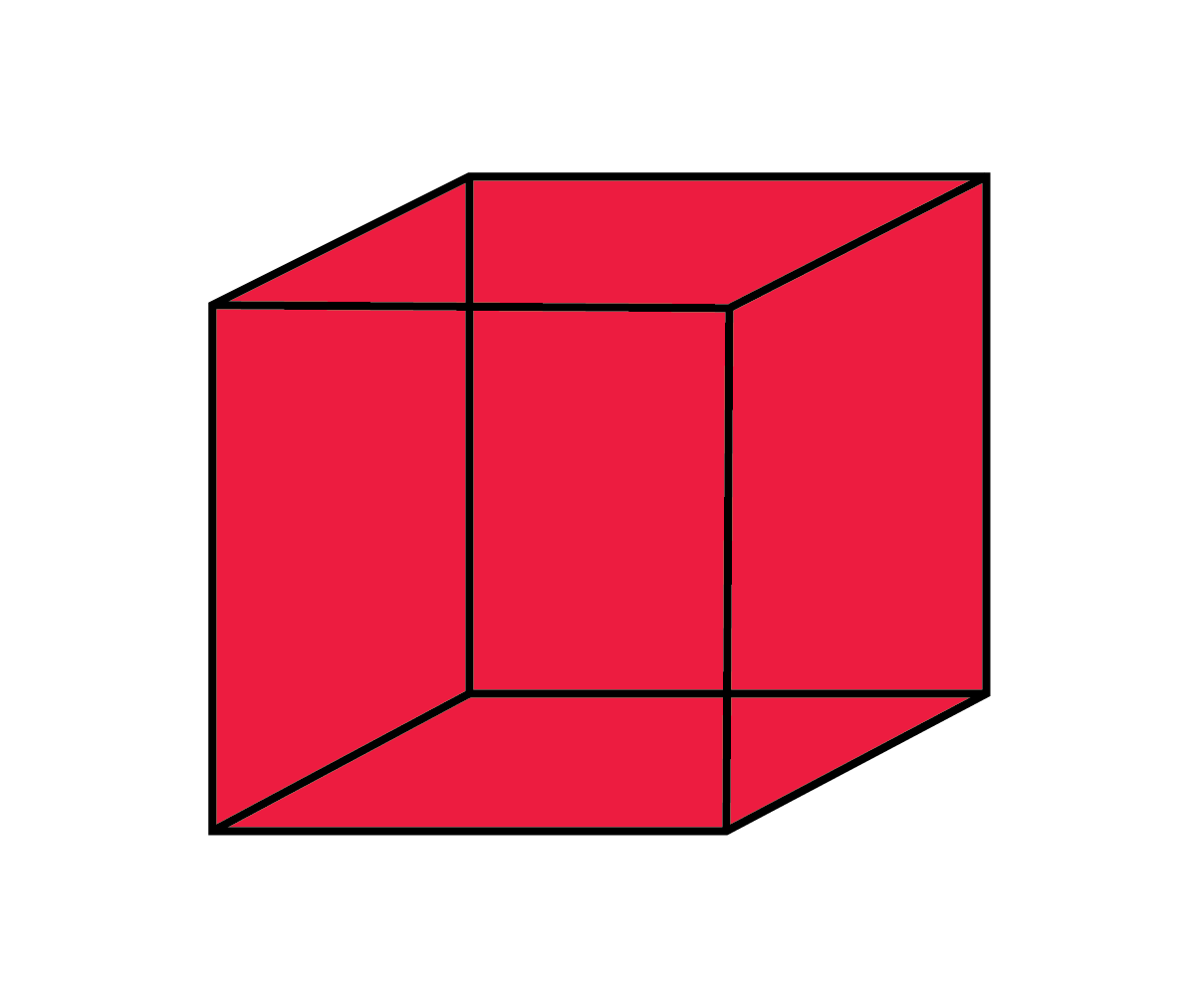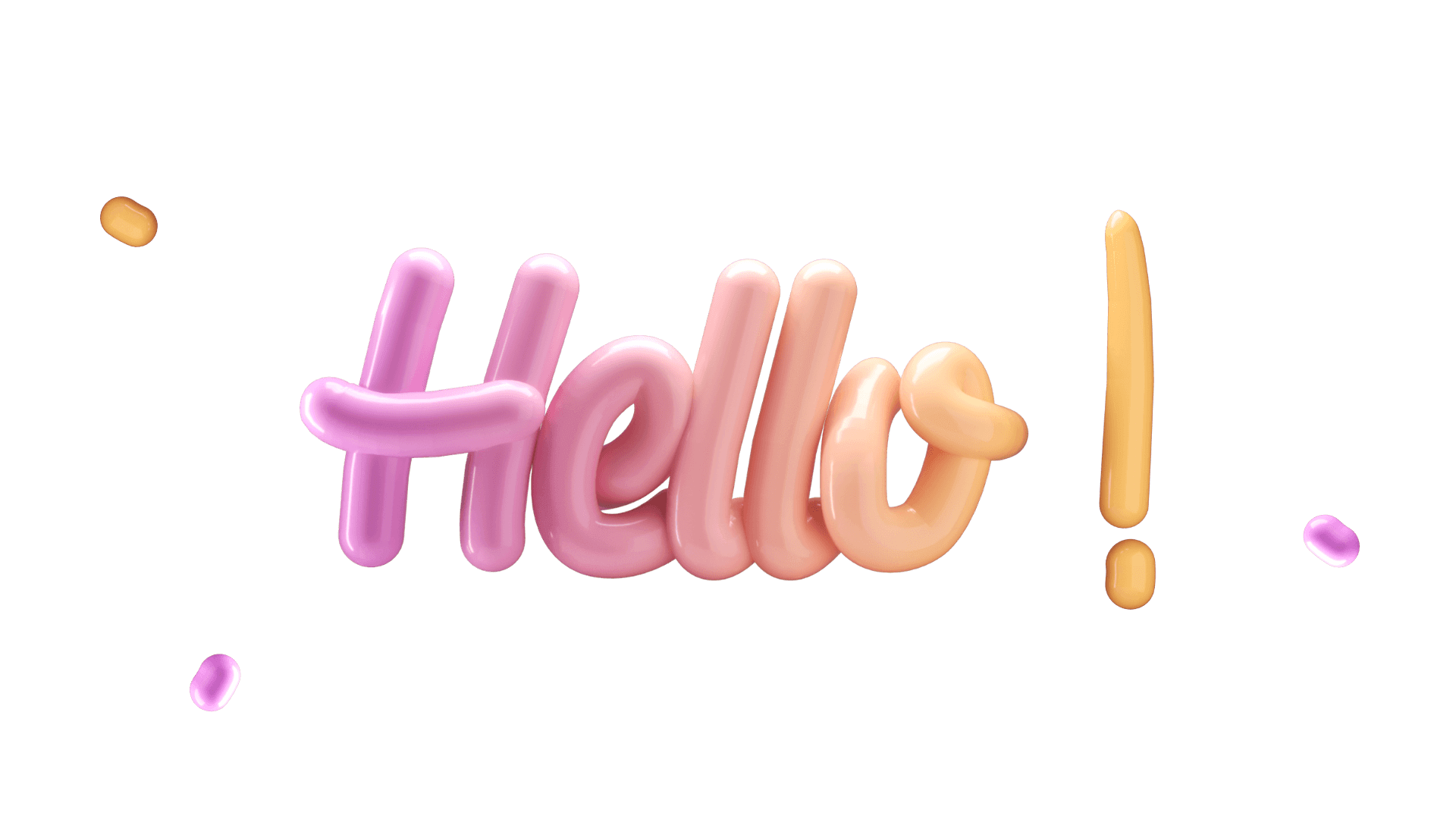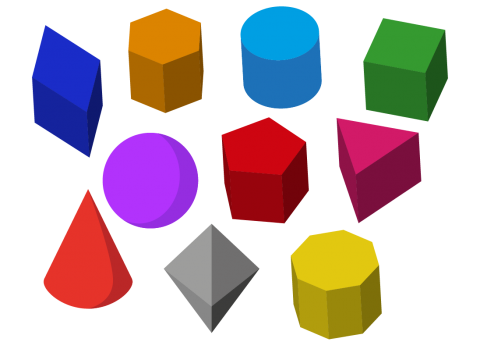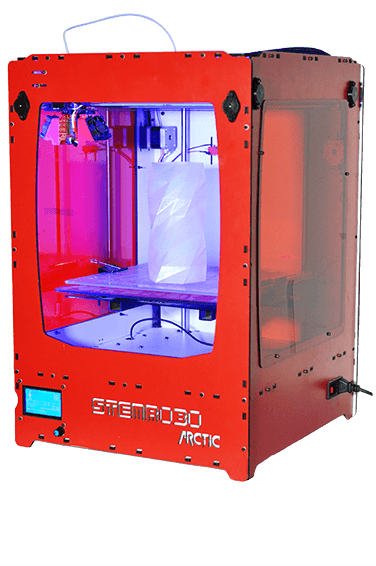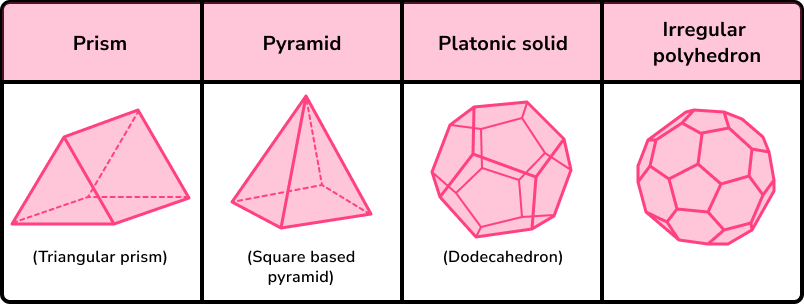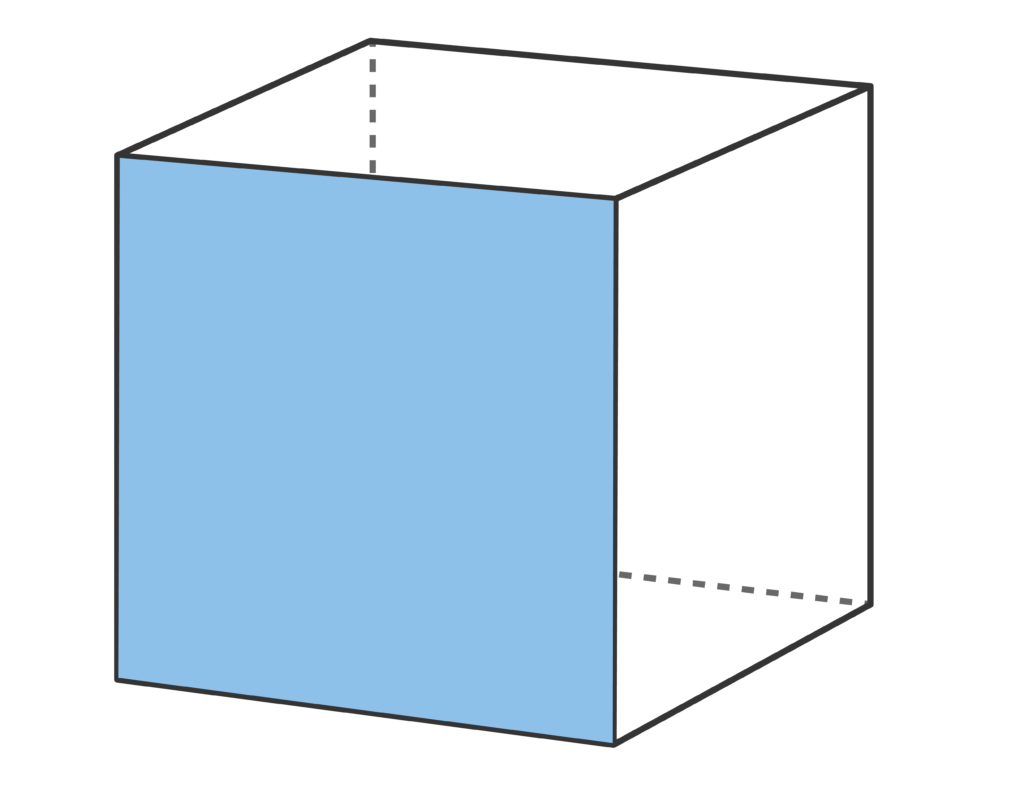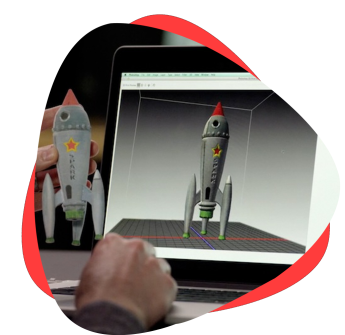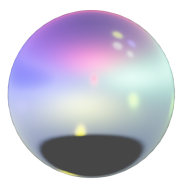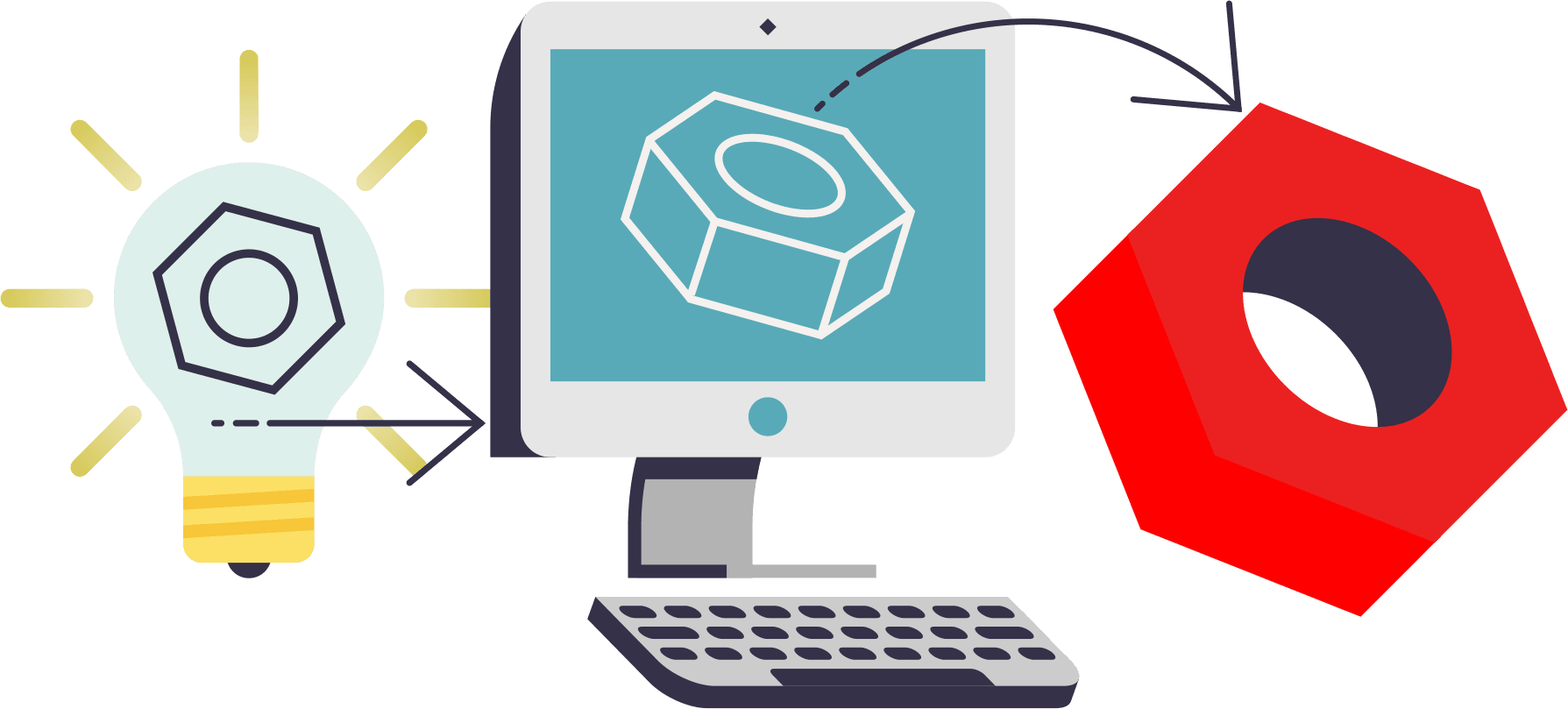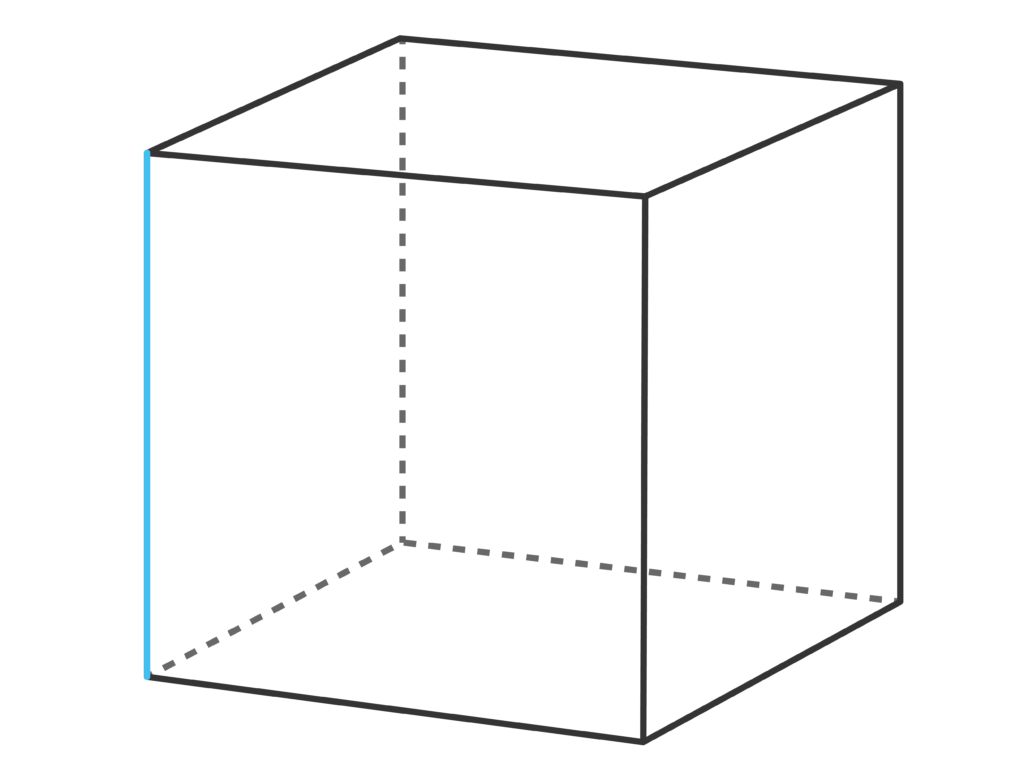Download top and best high-quality free 3D PNG Transparent Images backgrounds available in various sizes. To view the full PNG size resolution click on any of the below image thumbnail.
License Info: Creative Commons 4.0 BY-NC
Have you ever come across a movie or an advertisement video that made you feel like you were in the scene itself? The credit goes to the power of 3D technology. Three-Dimensional or 3D has changed the way we perceive and experience visual media. In the simplest terms, 3D refers to the projection of three dimensions of an object on a two-dimensional surface. But in reality, it is much more than that, let’s take a deep dive into the world of 3D.
What is 3D?
3D involves creating a three-dimensional representation of an object, space or scene. It is achieved by building a mathematical model of an object or scene using specialized software. The software uses mathematical algorithms that can mimic the behaviour of light on a three-dimensional object to create realistic graphics on a two-dimensional surface. In other words, the software takes the dimensions and properties of an object or space and calculates them to give depth, perspective, shadow and light to create a realistic 3D image.
Types of 3D
There are primarily two types of 3D models – 2.5D or pseudo-3D and true 3D. 2.5D involves the creation of a two-dimensional scene with some element of depth and perspective. It is also called parallax scrolling. It is executed by layering images to give the illusion of depth. True 3D, on the other hand, involves the creation of an object or scene that can be viewed from different angles and dimensions. It requires more attention to detail and precision than 2.5D.
3D can also be classified based on how it is viewed. The most common types of 3D are Anaglyph, Polarized, Active Shutter and Autostereoscopic. Anaglyph 3D requires red-blue or red-cyan filters to be worn over the eyes to create the illusion of depth. Polarized 3D uses two projectors with polarized filters to create the illusion of depth. Active shutter 3D requires high-end technology that employs battery-powered glasses that alternate in covering each eye at high speeds to create the illusion of depth. Finally, Autostereoscopic 3D refers to displays that do not require special glasses to view the 3D image.
Applications of 3D
3D is a versatile technology that has revolutionized the way we approach various aspects of our lives. It is employed in several industries such as gaming, entertainment, architecture, healthcare, education and manufacturing. In gaming and entertainment, 3D is used to create immersive experiences. It allows the user to become a part of the game or movie by giving them a realistic depiction of the environment and characters.
In architecture, 3D is used to create building models that can be viewed from different angles, in different lights and environments, allowing architects to make informed decisions about their designs. It helps create accurate representations of a building before its construction, thereby reducing errors and costs.
In healthcare, 3D is used for surgical procedures and training. It helps doctors visualize and plan surgeries with greater accuracy, reducing risks to patients. It also enables students to learn surgical procedures without the need for cadavers.
In education, 3D has transformed the way students learn. It allows educators to create virtual classrooms, which provide a hands-on and interactive learning experience to students. It is especially useful in subjects like science, where students can have a virtual view of objects and processes, enhancing their understanding and retention of concepts.
Finally, in manufacturing, 3D is used in rapid prototyping. It allows engineers to create 3D models of a design, which can then be tested for functionality and form before creating the final product. This method saves time and resources, allowing engineers to make necessary changes to the design without the need for a repetitive process of creating a physical prototype.
The Future of 3D
With advancements in technology, the applications of 3D are expanding rapidly. The integration of artificial intelligence and virtual reality with 3D will result in even more realistic and immersive experiences. It will also expand the applications of 3D to fields like gaming, education and healthcare, in ways that we could not have previously imagined.
In summary, 3D technology has come a long way since its inception. It is used in several industries, creating immersive experiences and enhancing our understanding of the world around us. As technology advances, the possibilities of 3D are endless, and we can only hope to see even more incredible innovations in the future.
Download 3D PNG images transparent gallery
- 3D Transparent
Resolution: 1204 × 1012
Size: 14 KB
Image Format: .png
Download
- 3D
Resolution: 331 × 355
Size: 22 KB
Image Format: .png
Download
- 3D No Background
Resolution: 390 × 424
Size: 10 KB
Image Format: .png
Download
- 3D PNG Clipart
Resolution: 1920 × 1080
Size: 101 KB
Image Format: .png
Download
- 3D PNG Cutout
Resolution: 480 × 342
Size: 76 KB
Image Format: .png
Download
- 3D PNG File
Resolution: 420 × 460
Size: 7 KB
Image Format: .png
Download
- 3D PNG HD Image
Resolution: 376 × 566
Size: 58 KB
Image Format: .png
Download
- 3D PNG Image HD
Resolution: 804 × 304
Size: 16 KB
Image Format: .png
Download
- 3D PNG Image
Resolution: 960 × 960
Size: 25 KB
Image Format: .png
Download
- 3D PNG Images HD
Resolution: 1024 × 786
Size: 36 KB
Image Format: .png
Download
- 3D PNG Images
Resolution: 345 × 335
Size: 105 KB
Image Format: .png
Download
- 3D PNG Photo
Resolution: 400 × 400
Size: 83 KB
Image Format: .png
Download
- 3D PNG Photos
Resolution: 180 × 183
Size: 25 KB
Image Format: .png
Download
- 3D PNG Pic
Resolution: 1789 × 809
Size: 28 KB
Image Format: .png
Download
- 3D PNG Picture
Resolution: 1024 × 778
Size: 44 KB
Image Format: .png
Download
- 3D PNG
Resolution: 1080 × 1080
Size: 43 KB
Image Format: .png
Download
